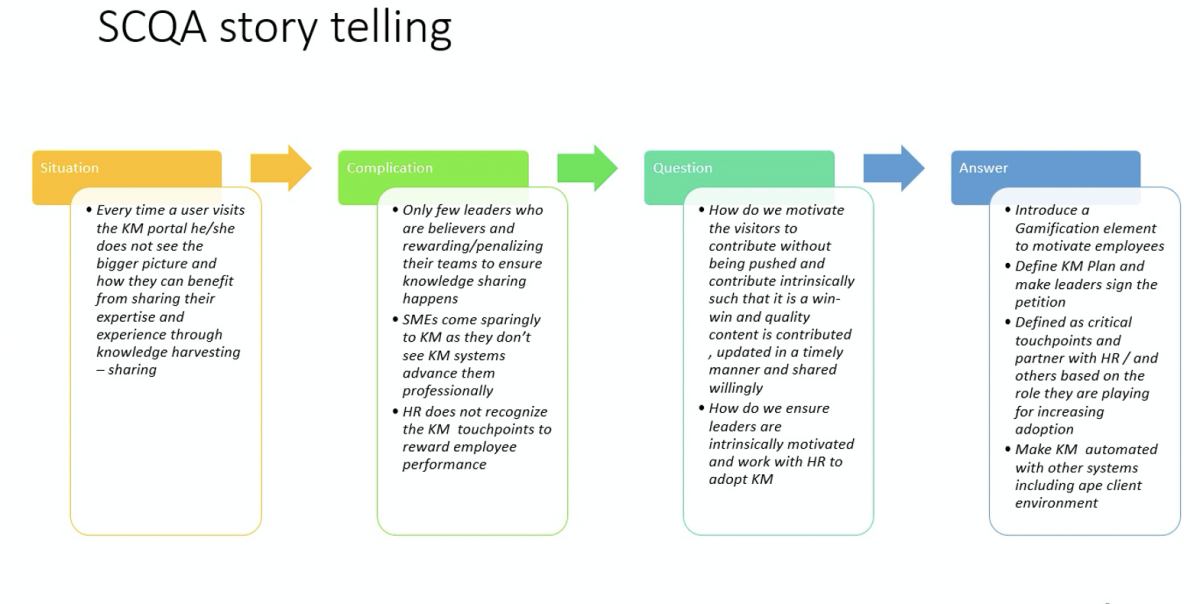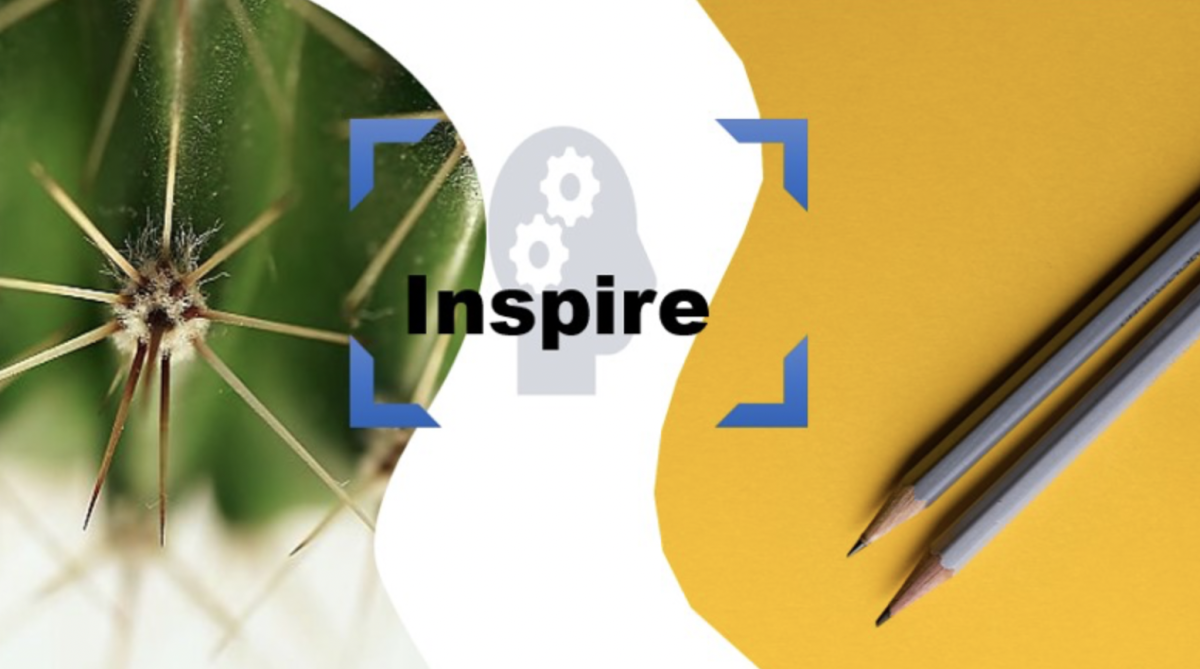Part 2:
...
How would you like to be a Guest Blogger for KMI? Email us at: info@kminstitute.org and let us know your topic(s)!
 Today, securing a budget to implement Knowledge Management at scale is a prime challenge, as the business wants to ensure you are promising to deliver tangible business value every time. Most large organizations acknowledge that these complexities are so dynamic that often we depend on predictable answers to solve the business problem, although we know the situation might have changed. Are we asking the right questions?
Today, securing a budget to implement Knowledge Management at scale is a prime challenge, as the business wants to ensure you are promising to deliver tangible business value every time. Most large organizations acknowledge that these complexities are so dynamic that often we depend on predictable answers to solve the business problem, although we know the situation might have changed. Are we asking the right questions?
Let me take three simple examples to understand this point.
If you look at these three examples, all talk about situations where one needs to depend on others being knowledgeable. We are accustomed to the same old practices for delivering business value through KM based on predictable answers. However, as one can assume in the real world, this stable state keeps changing and creates new complications that raise questions that need to be solved. It is for these questions that one must be knowledgeable to solve the right answers. How can we train ourselves?
Let me introduce you to a proven practice: the 'SCQA story telling model' and explore it a little to understand why one requires to understand the question before we find the answers.
The SCQA model is an acronym for Situation - Complication - Question and Answer. You might have heard about the 'elevator pitch' where you must try to summarize something in five minutes. This method makes it extremely easy. Let us see the below example, which I am sure most KM professionals would be familiar with.

Situation: We are talking about any user (players) who visits a KM portal and they do not see the bigger picture of how they can benefit from sharing their expertise and experience through knowledge harvesting & sharing (context of what is happening)
Complication: This deals with what is changing and needs attention as you can see only few leaders are believers, most users come sparingly and few that visit regularly feel they are not rewarded.
Question: As we can see there is a problem. Basis the problem statement being defined we start developing the questions, many a times its hidden in the complication. Like in our case one can see that the problem is as below
Answers: Finding the answers would in-turn give rise to a solution(s). For example, in our case we design a more rewarding system through gamification, ape client systems so users start actively contributing. We involve leaders to sign the petition, so their word of mouth motivates individuals to intrinsically contribute and make HR aware of the critical touchpoints to reward users.
In-Summary
 Typically, business leaders are looking for a solid pitch to assure their buy-in and sponsor budgets for KM. Most teams focus on the status quo and begin with the quality metrics and start with collecting raw data, analyzing the information to arrive at facts and then present their conclusion. However, they fail to impress largely because the pitch is not convincing.
Typically, business leaders are looking for a solid pitch to assure their buy-in and sponsor budgets for KM. Most teams focus on the status quo and begin with the quality metrics and start with collecting raw data, analyzing the information to arrive at facts and then present their conclusion. However, they fail to impress largely because the pitch is not convincing.
Through the SCQA method you immediately capture the attention of the business to presenting an abstract of what is intended to achieve through a storyline which is appealing. Once we have got their buy-in then we go deeper into the facts and how we have arrived at the basis for the same which is the raw data interpretation.
Disclaimer: These are purely my own views and experiences as a seasoned KM partitioner in defining KM services aligned to organization strategy through design thinking.
~~~
About the Author: Michael Sequeira is an independent consultant who is passionate about helping organizations discover how KM can be a key differentiator for their business, teams, and clients. If you would like to learn more about his background and get-in-touch you can connect with him on LinkedIn.
...